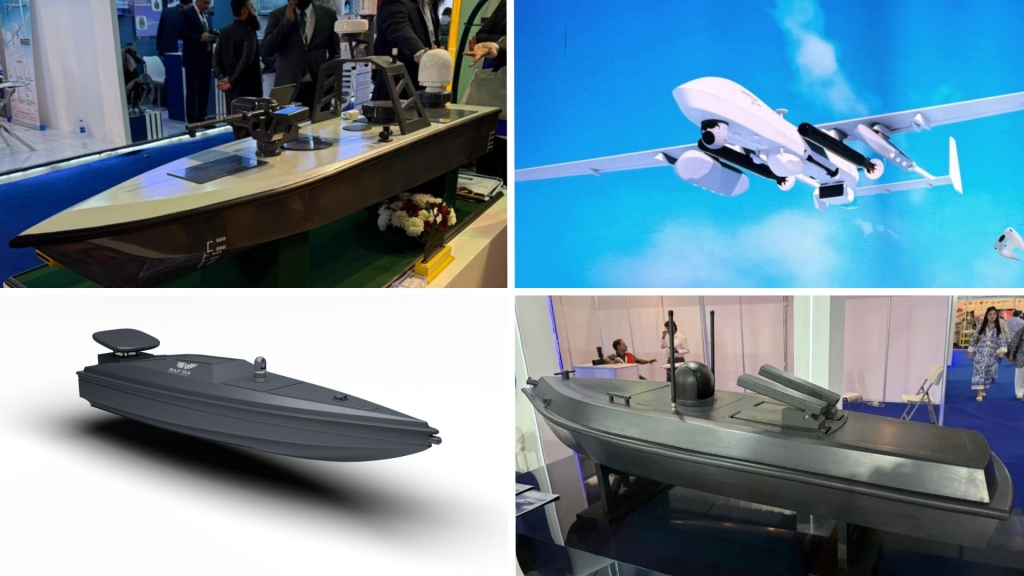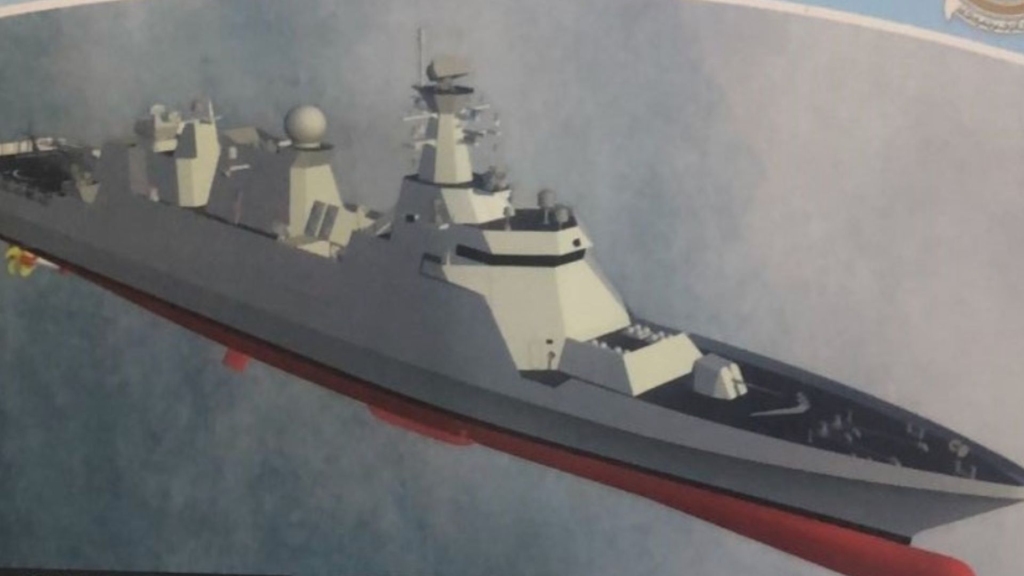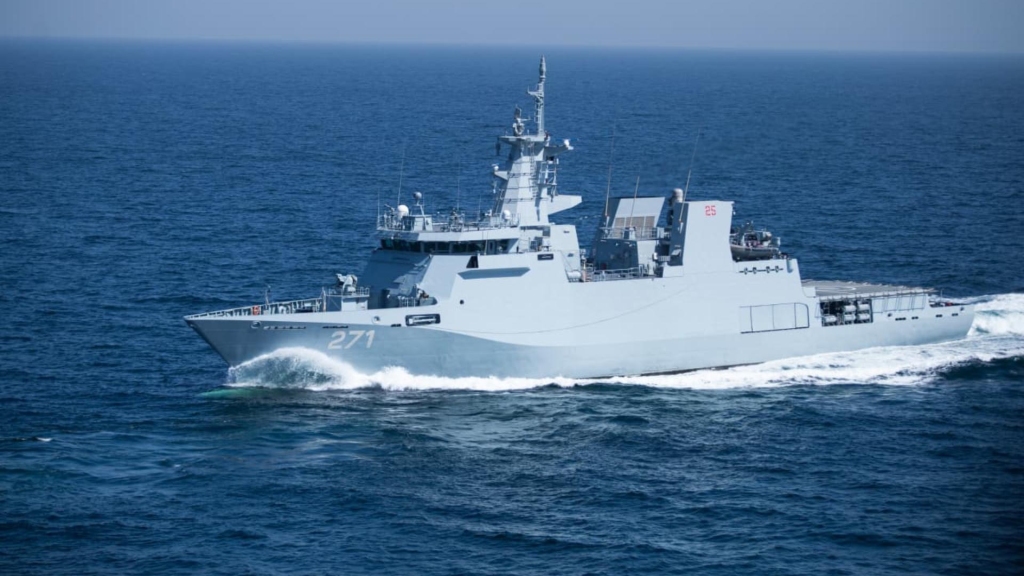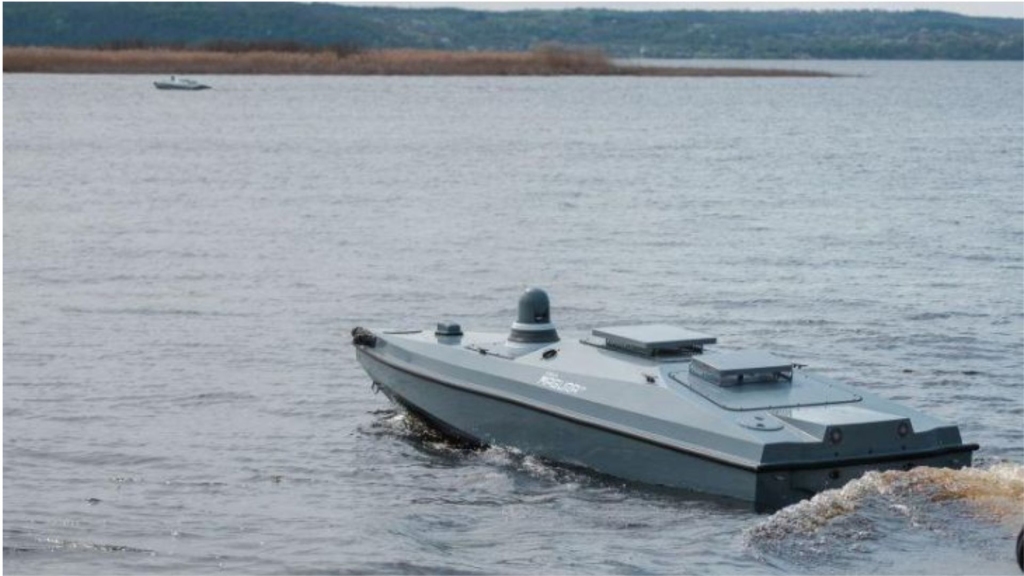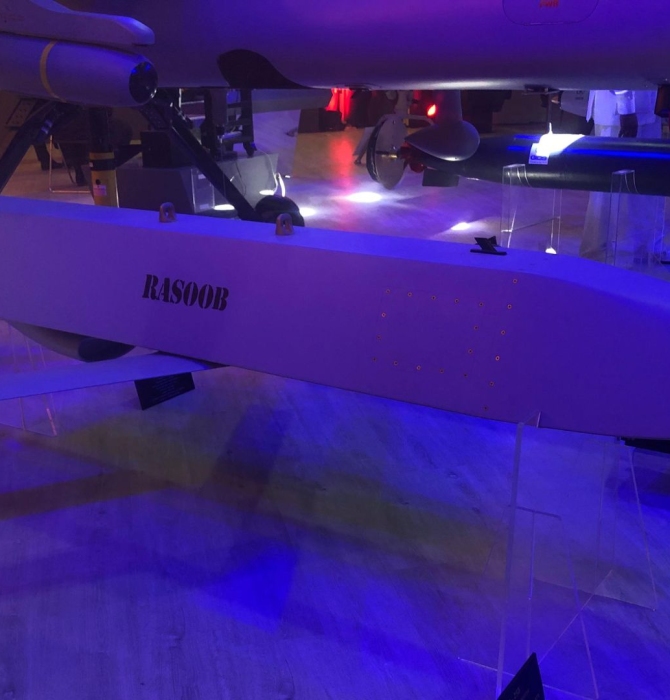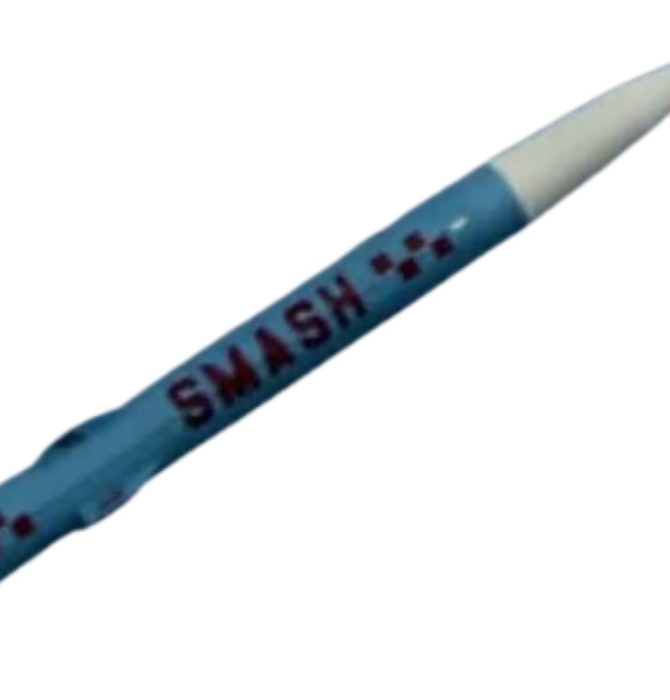7122Views
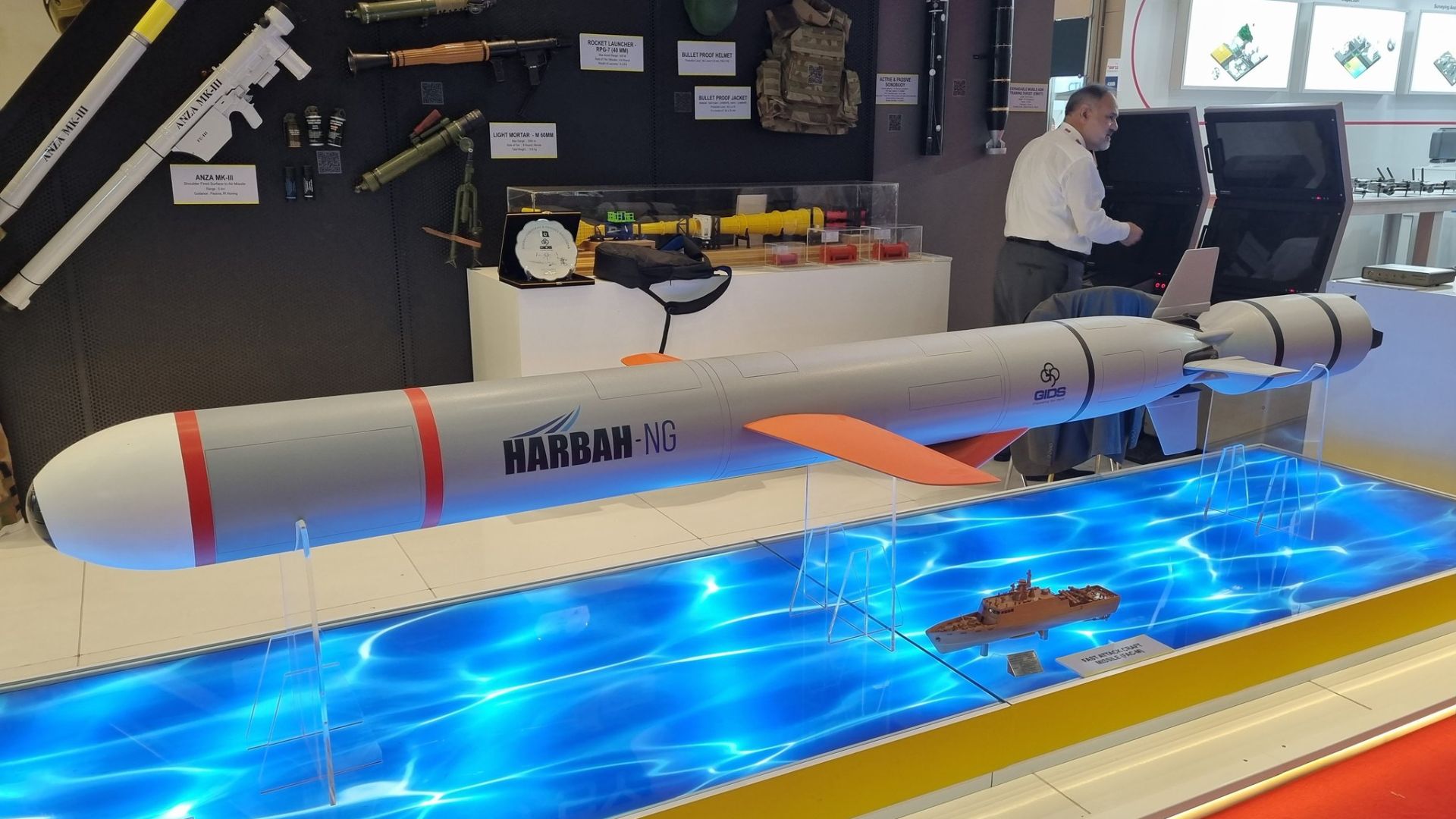
GIDS Harbah NG Anti-Ship Missile
The Harbah NG anti-ship cruising missile (ASCM) is an export-oriented solution promoted by Global Industrial and Defence Solutions (GIDS), a state-owned enterprise (SOE) responsible for marketing and selling products developed by Strategic Plans Division (SPD) bureaus, like Air Weapons Complex (AWC), Maritime Technologies Complex (MTC), and others.
The GIDS Harbah NG is the export version of the Harbah dual-anti-ship/land-attack cruising missile in use by the Pakistan Navy (PN). The PN first test-fired the Harbah in January 2021 from an Azmat-class fast attack craft (FAC), PNS Himmat.
GIDS Harbah NG Design Background
The GIDS Harbah NG is a subsonic ASCM designed to be carried and launched by a variety of surface warships ranging from sub-1,000-ton missile boats to 3,000+ ton corvettes and/or frigates. It is capable of both anti-ship and land-attack roles. When deployed onboard a ship, the Harbah is typically configured in two three-cell launchers.
From a design standpoint, the Harbah NG seems to be a variant or further development of the Babur-series of land-attack cruise missiles (LACM). When it was introduced, the Babur was primarily a ground-launched cruise missile (GLCM). However, in 2017, the PN tested a submarine-launch cruise missile (SLCM) variant of the Babur called the Babur-3. This new sub-variant of the Babur had a range of 450 km.
Therefore, it is possible that the Harbah NG is a variant of the Babur-3 SLCM in that it uses a truncated/smaller airframe (making it possible for submarine tubes and ship-based launch canisters to carry the missile). The stated range of the Harbah NG is 280 km – i.e., adhering to the Missile Technology Control Regime (MTCR). The PN’s Harbah is likely longer-ranged, potentially close to if not more than the Babur-3’s range of 450 km.
According to GIDS, the Harbah NG’s guidance suite consists of a GPS/GNSS-aided inertial navigation system (INS) combined with a Digital Scene Matching Area Correlator (DSMAC) camera. For the anti-ship warfare (AShW) role the Harbah NG uses a terminal-stage seeker, which can optionally be an imaging infrared (IIR) or active radar-homing (ARH) system.
GIDS Harbah NG Specifications
Physical Dimensions
- Length: 6.8 m
- Diameter: 0.5 m
- Weight: 1,350 kg
Performance Parameters
- Range: 280 km
- Cruise Speed: Mach 0.6 to Mach 0.8
Key Technical Inputs
- Warhead Type: TBD
- Guidance Systems: GPS/GNSS-aided INS with DSMAC
- Terminal Stage: IIR or ARH
- Propulsion: Unknown miniature turbojet (possibly NESCOM NTJ-V1)
The "Silent Service" is Still the Future of Pakistan's Navy
Learn about the Pakistan Navy’s ambitious plans to expand its sub-surface fleet with a mix of large conventional submarines and advanced coastal boats.
Key Capabilities of the GIDS Harbah NG
Dual Land-Attack and Anti-Ship Targeting
The Harbah-series was designed to be versatile, enabling the launch platform to engage both high-value targets (HVT) on land and enemy ships at sea. It likely plays a role in the PN’s wider anti-access and area-denial (A2/AD) strategy, providing its ships – including a small sub-1,000-ton FAC – the ability to target ships at relatively long-ranges. Furthermore, the same small ships can also pose a threat to HVTs on land.
Long-Range Reach
The second benefit of the Harbah NG is its range. While capped due to the MTCR, it still offers relatively long reach, especially for an ASCM. Many of the current ASCMs used by surface warships typically reach around 150-220 km, so the 280 km range of the Harbah could be a compelling value proposition. Granted, this does come at the expense of being larger and, in turn, providing a lesser quantitative payload. In contrast, a C-802A or MBDA Exocet-class ASCM could be configured in two-by-four cells, while the Harbah would today be limited to a two-by-three set up.
Integrated Package
It is worth noting that while the Harbah NG would typically be the centerpiece of a country’s anti-ship warfare (AShW) capability, it cannot work alone. To draw out its effectiveness, the end-user would also need to invest in an assortment of airborne and surface-based sensors as well as a data-link layer to pass sensor-information to the missile…
For More Pakistan Navy News and Analysis
November 12, 2025
November 7, 2025

